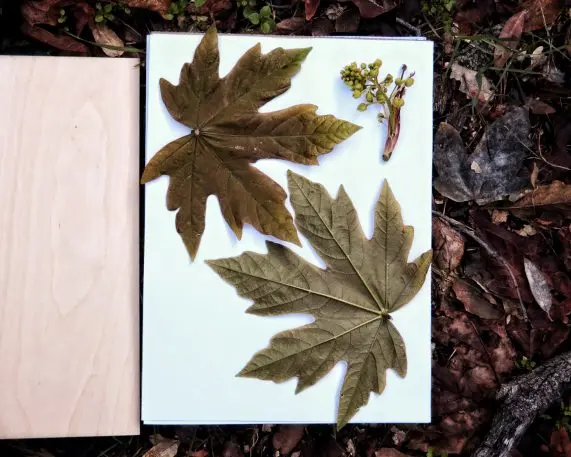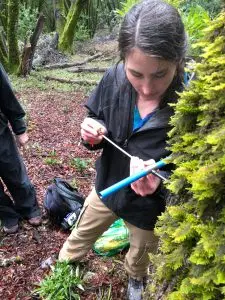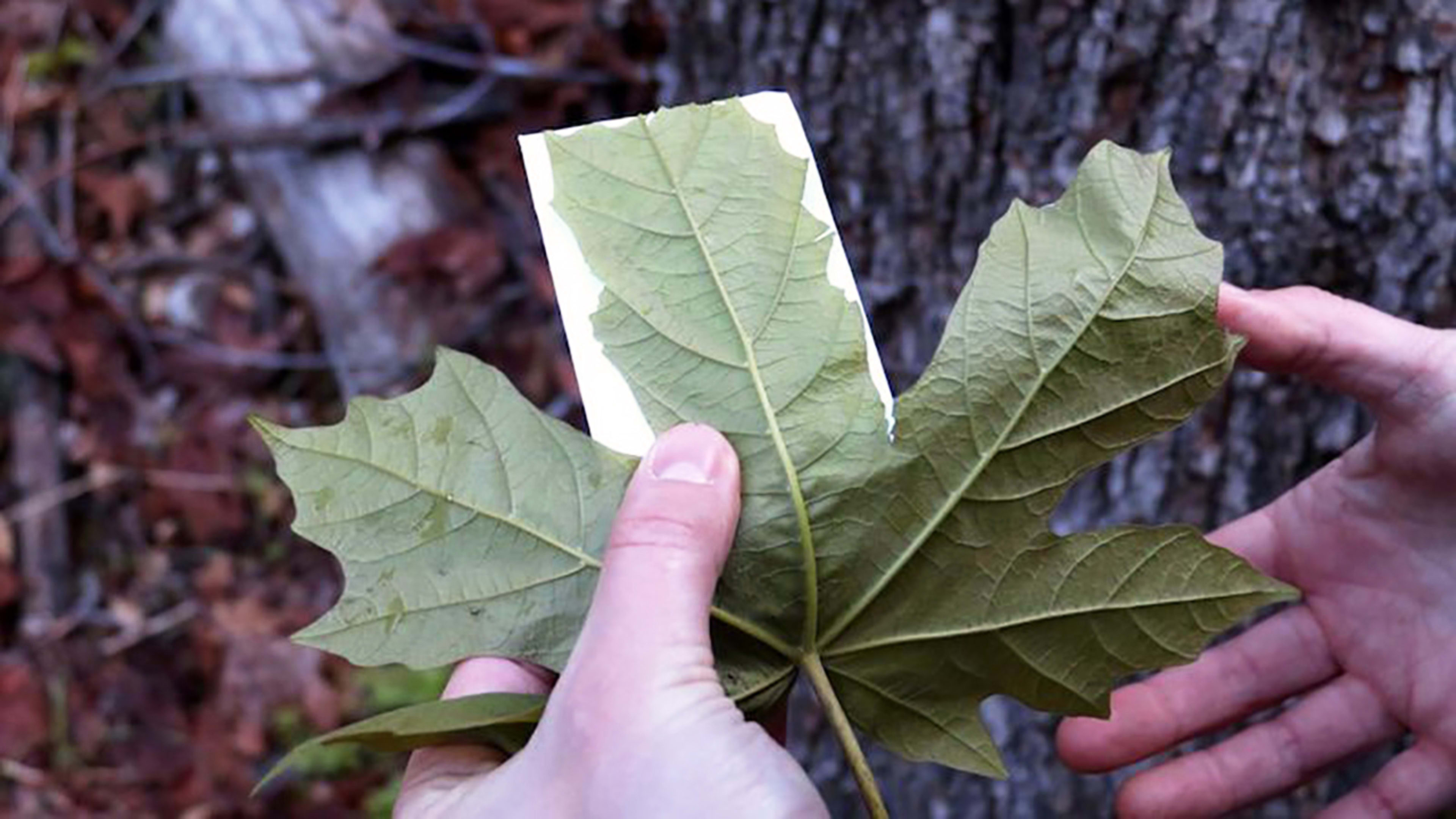On his vacation over Memorial Day weekend, Jakub Bednarek headed into the forest near his home in Leavenworth, Washington, and collected samples of maple leaves to send to a lab for DNA analysis. Bednarek, who also works as a biologist in his day job, is one of 150 volunteers in a project this summer that stretches along the Pacific Coast. The project’s aim: to create a genetic map of a particular species of maple, which can then be used to help identify illegally harvested wood.
DNA testing has been used on black market timber in the past–in a case in 2015, for example, when a sawmill owner was convicted of trading illegal wood, scientists used DNA analysis to identify the exact stumps of the trees that had been cut down. But it can also be used at a broader level; by mapping how the genetics of a particular species of tree changes by region, it’s possible to identify where particular timber came from.

The current project is studying one particular species, the Bigleaf maple, which are prized for their patterned wood and often illegally harvested. “The goal with this is that we have enough samples distributed widely enough across this geographic range that we can say we’re pretty sure that this was sample from a national forest in Washington,” says Meaghan Parker-Forney, a science officer at the nonprofit World Resources Institute’s Forest Legality Initiative, one of several partners on the project. “If somebody’s claiming it came from Northern California, we can say no, that’s actually not true.”

When the project is complete, if the Forest Service suspects that a particular batch of wood was illegally harvested, it can test a sample to compare to the reference library. Knowing that this process exists may help deter tree poaching.
“I do think that there’s definitely an element of Big Brother is watching,” says Parker-Forney. “I think you start to illustrate that you can do this type of work and that these guys are going to get busted, and I think there’s a lot more fear involved on their side. I feel like that’s a potential behavioral change when they know that this type of technology is out there. Hopefully, this deters them from going farther, knowing that something as solid as DNA evidence can convict you.”
The same technology can also be used to help sustainably managed forests prove that timber is coming from the place it claims. Eco-labels for wood, while helpful, aren’t always fully reliable. “I think that’s a perfect use case for genetics,” says Parker-Forney.
Researchers are interested in creating similar reference libraries using other types of technology, such as “automated wood anatomy,” tech that is like facial recognition for trees. They also want to do the same for other species, such as the coastal redwood, and in other areas. The project’s funders, the U.S. Forest Service and Norway’s International Climate and Forest Initiative, see it as an initial proof of concept that could expand globally. The partners plan to soon begin similar work in Indonesia. Globally, up to 30% of all internationally traded timber is thought to be illegally sourced.
Recognize your brand’s excellence by applying to this year’s Brands That Matter Awards before the early-rate deadline, May 3.
